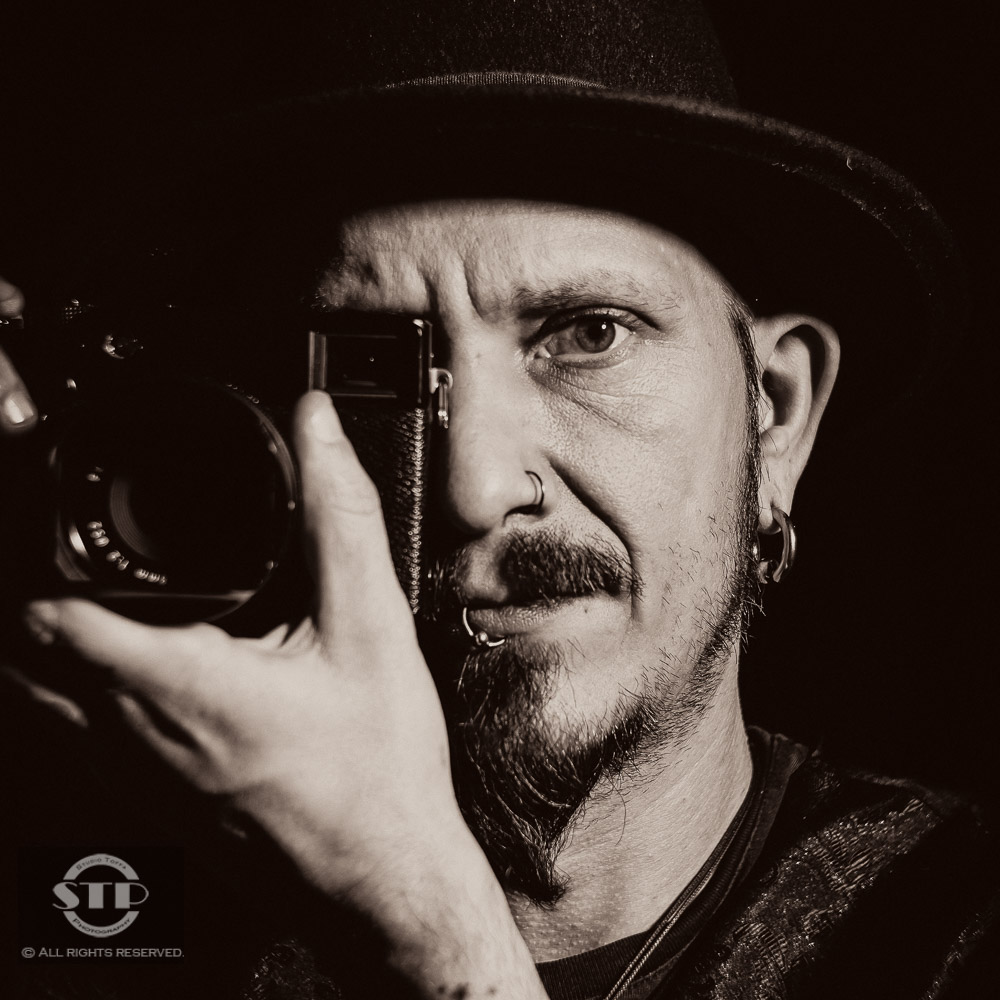
An interview with my self – 2023
I did this blogpost over 10 years ago (you can see that blogpost here and I thought that it would be fun to do it over again now. A little fun way for you guys to get to know me a bit in a way that is less informal than on the About Page (link til siden). When you read this don’t don’t read it as “this is how you do it”, but read it as how I personally view these questions.

1. What is the one thing you wish you knew when you started taking photos?
That photography is not a race. It’s not about being the one who has the newest camera model first. Not about getting the most likes on social media the quickest. That it’s only an expedition that you undertake yourself. You explore what lies within yourself and the visions you want to convey.
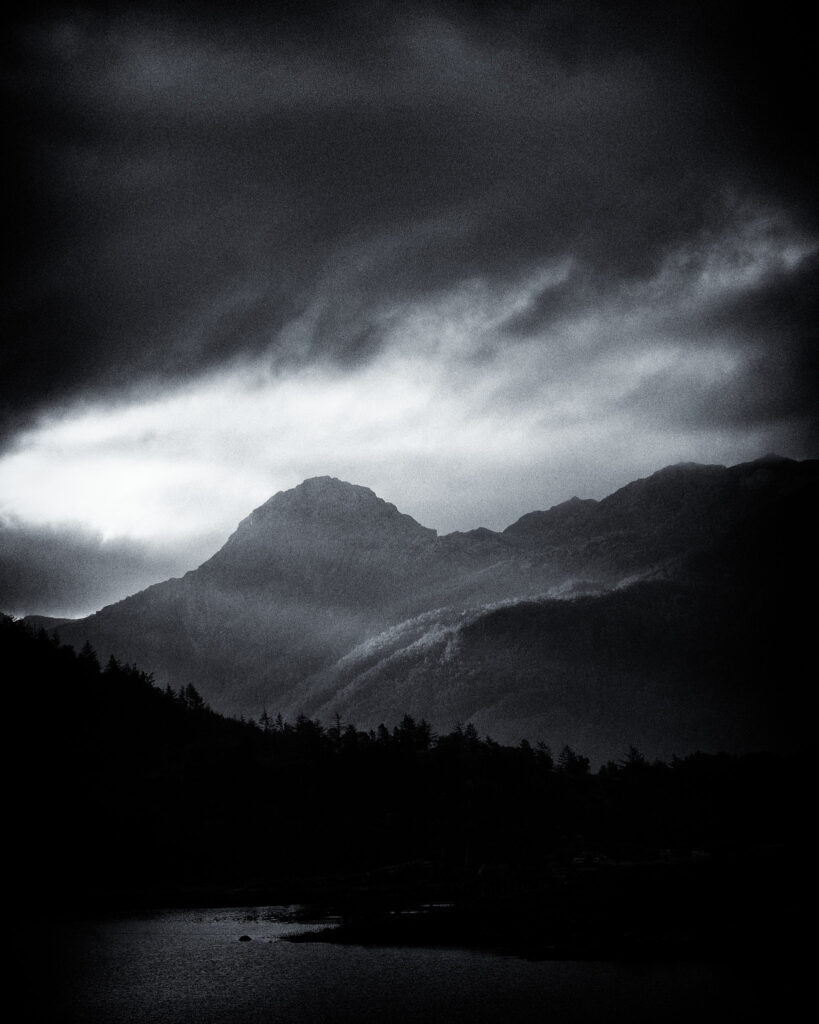
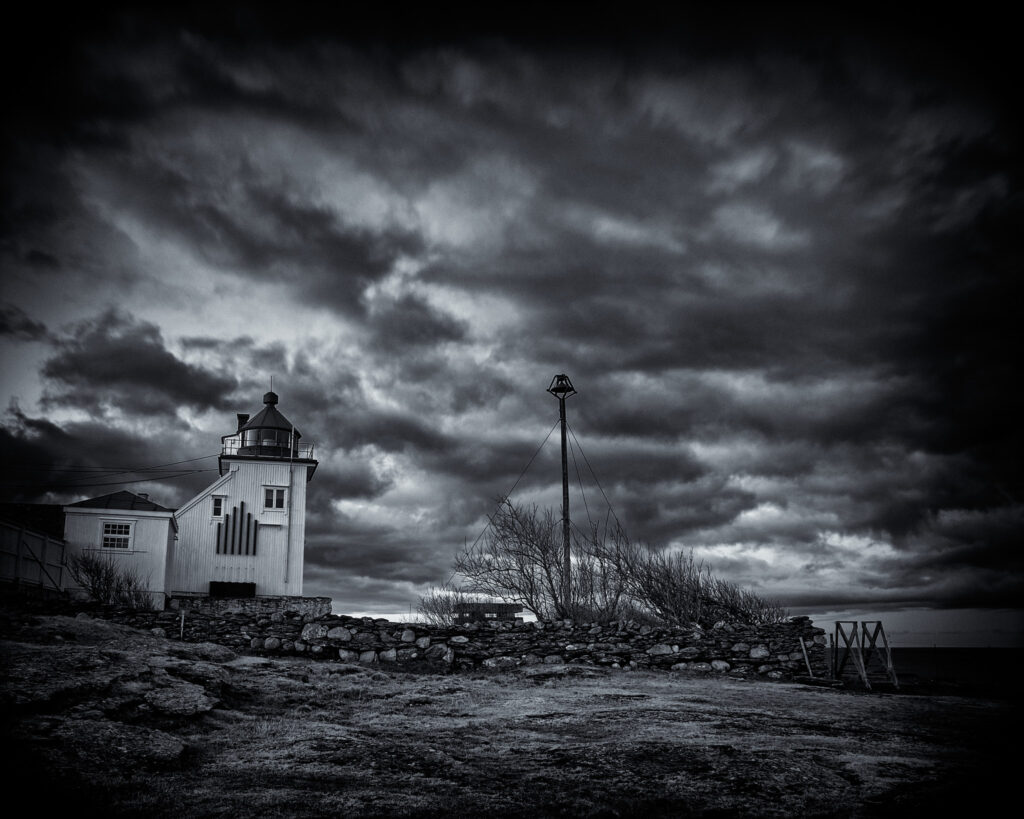
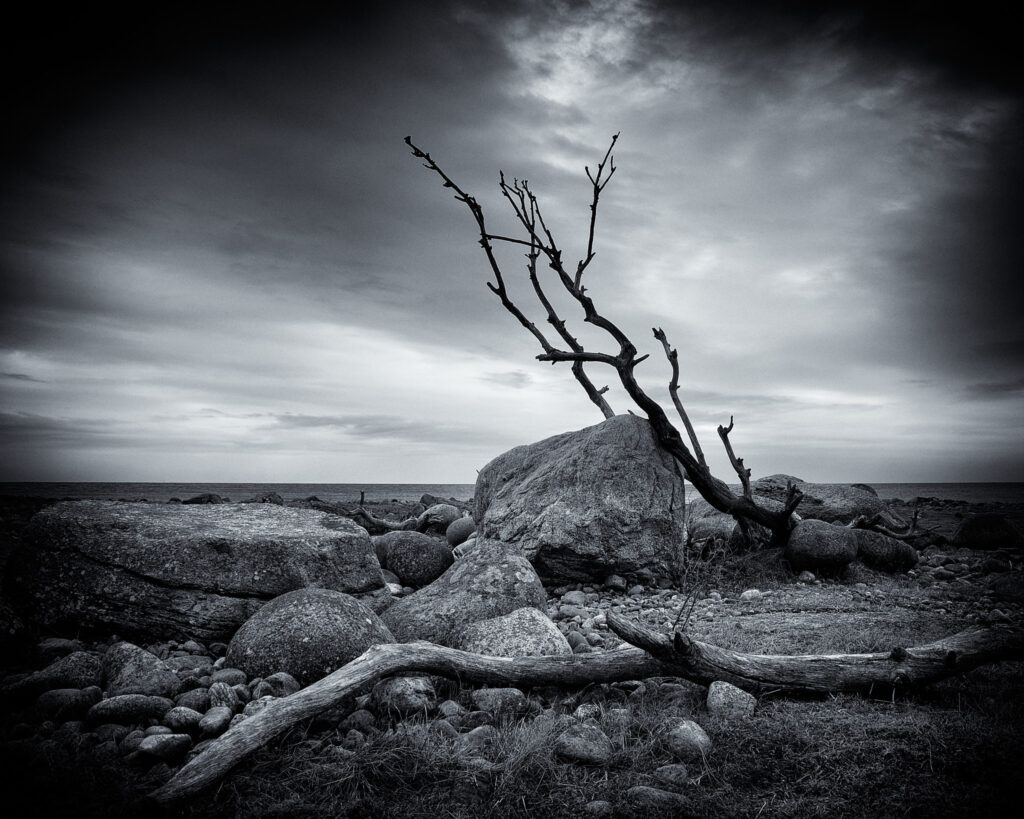
2. How did you get good at photography?
It happened during a moonlit night under a starry sky. All of a sudden a beam of light shone down upon me and an ominous voice spoke to me: “Now you’re good at photography!”.
All joking aside. There is one way to get good at photography, and that is to work at it. You need to put in the hours learning the principle of photography. Get your horizons straight. Learn how to use depth of field. How different shutter speeds convey different things. How ISO impacts your images.
Or more correctly, learn how the concept of ISO (ASA) in an analog sense impacts your images as ISO in the digital age is not that big of a thing anymore. Technology has come so far now that ISO in these days is more of an ND filter for your camera than it was in the days of analog film. Yes, a slower ISO will yield a cleaner file in terms of noise, but with today’s quality on high ISO like 800 and 1600 is far superior in that regard than earlier. Beside this you also have composition and image editing as well.
But for me personally I have to say that for my own photography it had to be to understand how analog film impacted the final image. So much of how we see the classical images is tied to filmstocks. Just think of the vibrant landscapes of Joe Cornish. And if you know how they were shaped by the qualities of Fuji Velvia and Provia it will open up your eyes more to how you shoot like that and your thought process when shooting. Not to speak of how the philosophies of Ansel Adams have shaped how I approach photography. How to pre-visualise the scene I want to shoot. Having my thoughts far into the digital dark room long before I press the shutter button. As they say; even a monkey can write Shakespear given enough time. In digital terms this is equal to machinegun your way through a scene.
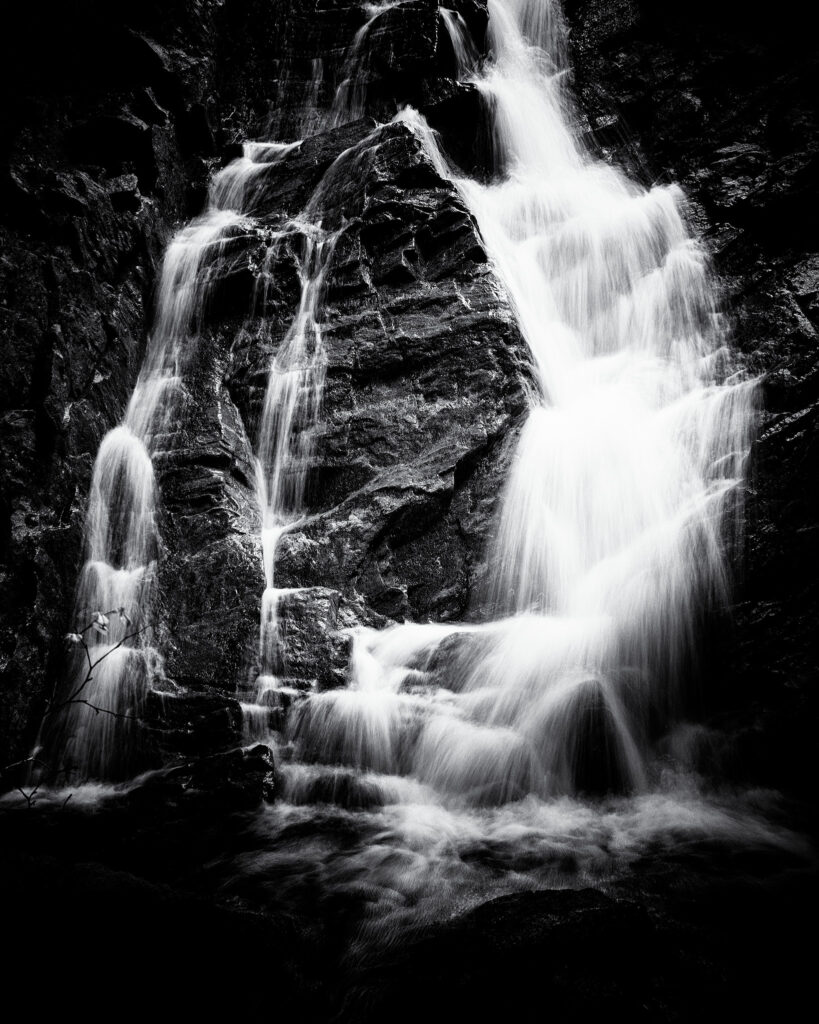
3. What gear do you use?
The one I have at hand. Last time I answered this question I elaborated in more detail about this but I won’t this time. What gear you use has in a general sense not that much impact on your photography. When you start out you often think that gear has so much to do with what type of images you’ll be able to capture. That the latest camera will make you take better images. The reality is that gear plays a far smaller part in that equation than most think. It’s not the pots and pans that make a chef create a good meal, it’s the skill. The knowledge of the ingredients and how to employ them in a dish. Yes, there are some gear that is needed to achieve certain effects like a circular polarizer or a flash.
But having a limited access to gear will also help you solve problems in a more creative manner. By having let say just one speedlight you’re forced into making it work for you. Same goes for having a limited range of focal lengths. Also, if you don’t have the skills to capture a good image you won’t get a better image with lets say a Phase One medium format digital back. All you’re left with is a higher resolution garbage.
But to tackle the question more directly, I personally have used Nikon for 20 years. Both analog and digital. My personal reason for this is that a Nikon feels good in my hand and they are mostly built like tanks that can take whatever beating you throw at it and come back for more. Also with the old F-mount one was able to use a vast array of lenses that date back to 1957.
With regard to lenses, I have for the last 13 years favoured Tamron zoom lenses. The reason for this is that it presents a good mix of quality versus price. This is what makes up the backbone of my gear roster. I also still use filters when I shoot, like ND-grads and ND-filters. My philosophy is that I want to get my exposure right on location instead of blending different exposures in the digital darkroom later. With regards to bags and backpacks I like F-Stop backpacks as they have great quality and modularity. When it comes to tripods I use Feisol legs and either a geared or 3-way head over a ball head as I’m not comfortable with ball heads for the way I shoot.
For a full list of the gear I use please check my Gear page under the About section.
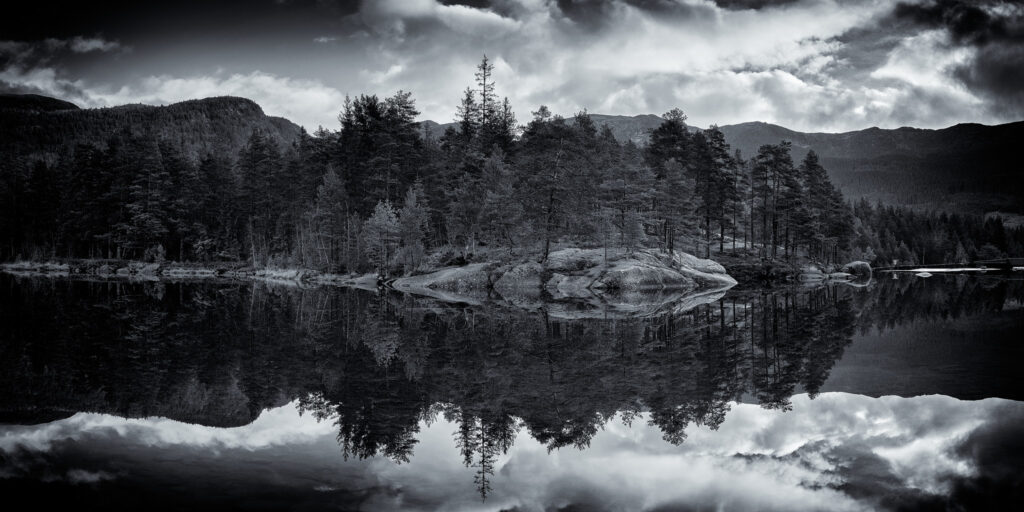
4. Which lens is your favourite? Why?
I don’t have a favourite lens in that sense, but my most loved lens is my Tamron SP 28-75mm f2.8. The reason for it is that that lens has never let me down. It has taken whatever beating I have thrown at it and like Oliver Twist has come back asking for more. That lens covers the majority focal lengths I often use, and also it has the bonus of having a manual aperture ring which lets me use it on both my digital and analog camera.
5. When you go out to shoot, do you take any essential items other than a camera and lens?
Yes. I mainly bring along a thermos of coffee, some Norwegian chocolate bars called New Energy and some sort of electrolyte drink. Being drained of energy when I get to a location will impact how I shoot. Since I shoot landscape and nature I also bring a tripod, filters and an external lightmeter with a 1 degree spotmeter.
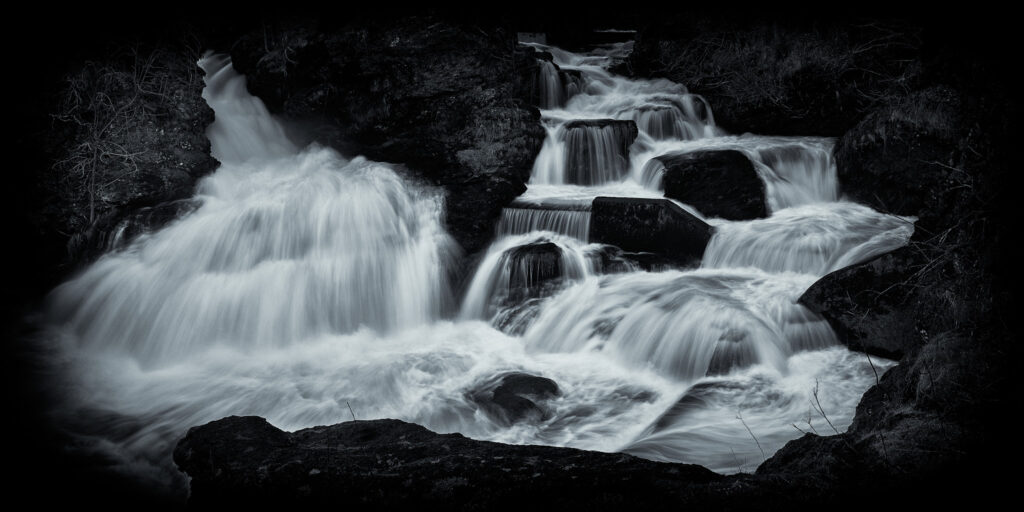
6. Among the photography gear that you’ve purchased, is there something you wish you hadn’t bought? Why?
That’s hard to say. As I said, gear is not the most important part. One will always end up with gear that one regrets buying. Unless one has the chance to rent every bit one needs in advance you need to take chances on things and hope they solve your problem. But if I should say one thing it has to be aluminium tripod and not saving up for a carbon one right away.
7. What are your favourite settings?
Plain and simple. The one that is best suited for the job at hand. I shoot RAW whenever possible. Besides that I tend to shoot in either 4×5 or 4:3 aspect ratio. I often find that the 3:2 aspect ratio is too wide for my taste in most situations, and too short for when I want to capture the vista. When I want to capture a vista I gravitate toward shooting panoramas. I also have custom colour/camera profiles that let me emulate film stocks so I get a general view of how the image will look back in the digital darkroom.
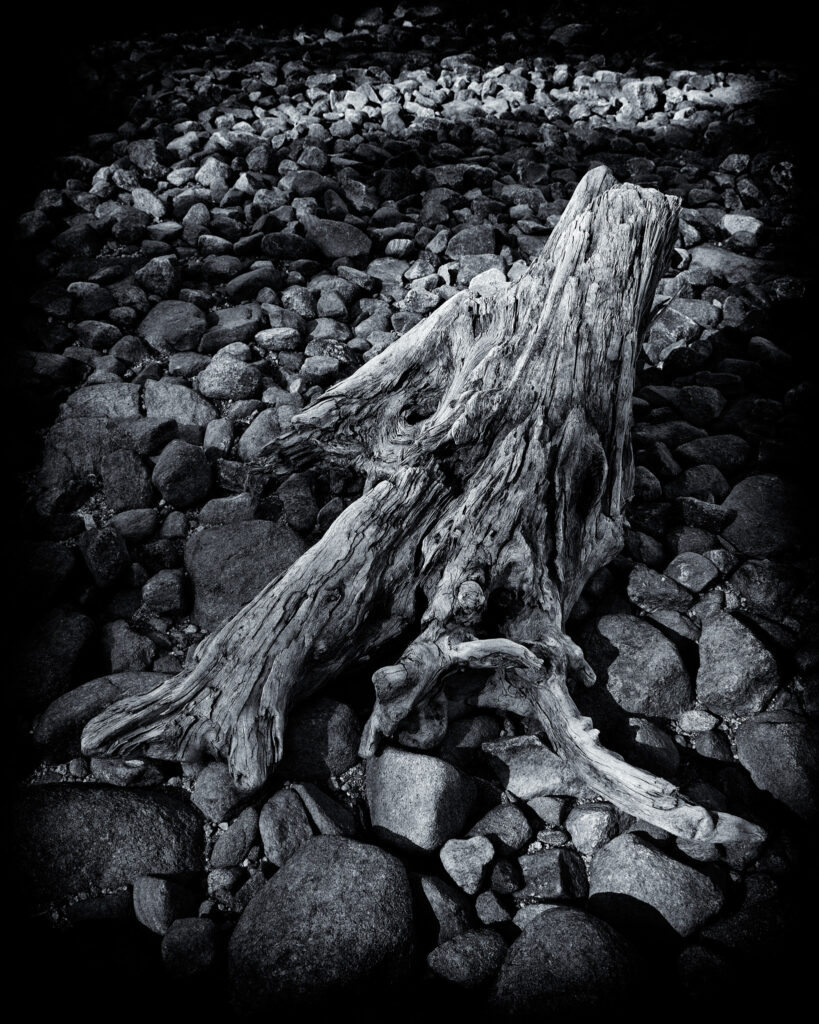
8. What kind of tools do you use for post-processing? What’s your workflow like?
I use Photo Mechanic for import and sorting plus to add IPTC data for my images. After I finish in Photo Mechanic I move the images into Capture One. Since Capture One has the option to use both Sessions and Catalog, I first move the images from my import folder into a Session that’s named by year and which sit in the overall hierarchy based on the main subject. For a more specific job/shoot I use a Session name for that job/shoot.
After I have moved the images into a Session folder I start a more detailed culling process where I find the keepers I want to work on further. From there I cull them further into what will be my limited edition prints and what will end up as my stock/regular print editions. For concrete jobs/shoots I only cull my images into selects and output them from that specific Session. I cull my images by star ratings and use colour tags to denote if an image is finished or not.
Once the culling process is done I broadly tweak the RAW-files in Capture One. I only focus on getting the image closest to how I want it to look and then I export them into TIFF master files which I then finish in Photoshop and NIK Software. Also I don’t do my dust removal in Capture One. Photoshop is a far superior engine for that job.
Once I get the image into Photoshop I first start with the dust removal before I move on to the final edits. After dust removal I move into different NIK Software plug-ins depending on what the final output will be. Most often I start in Color Efex where I work the colour aspect of the image. I further tweak my edit from Capture One here. If the final image is gonna be a colour image, this is where I leave editing the image and move to clean it up if needed before I call it done.
If I’ve decided that the image is a black and white I move onto Silver Efex. In Silver Efex I work on the image as if I was to work on it in an analog darkroom. To go into specific details here regarding each slider would make this section a book. So I leave this for something I might write about in the future. After I’ve developed the image to where Silver Efex can’t help me any more I revert back to Photoshop where I do my final retouching. Removing parts that don’t support the image as a whole. This is something I would have burned in if I were to do it analog or that I would employ traditional retouching to remove.
When I view the image as done I flatten the layers and save it as TIFF-file. I flatten the layers because I regard my image as a print, and I will not do any further edits to that version besides going back to do some minor cleaning that I might have overlooked earlier.
9. Out of all your photos, which one is your favourite? Why?
None. Because I’ve not taken every image I will ever take and thus my favourite will always be the one in my mind. That holy grail one seeks but is always beyond the horizon. There may be images that will be a mainstay in my portfolio, but that is because that image is an image that most people know me by.
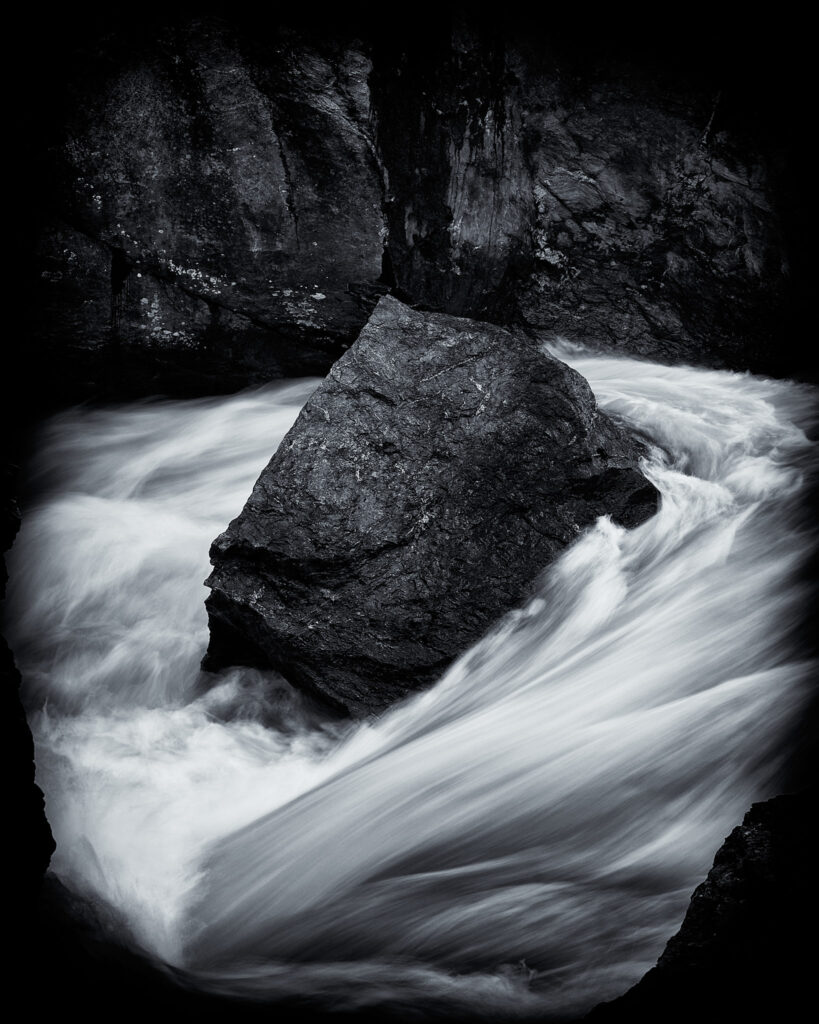
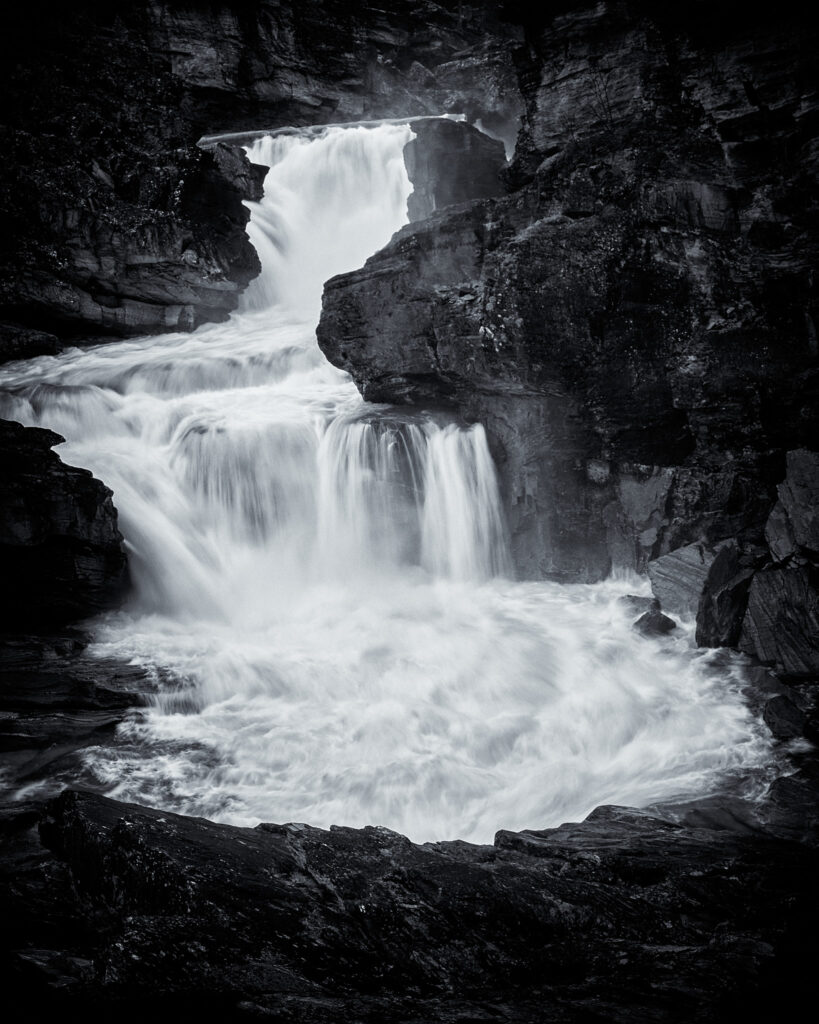
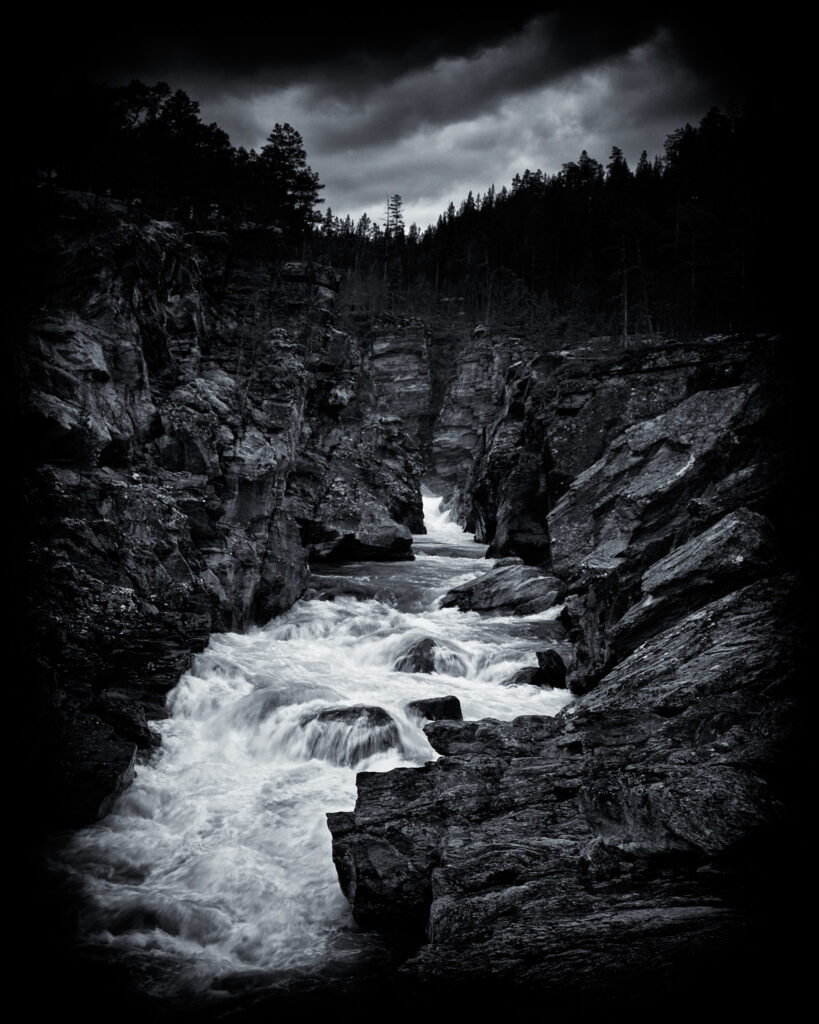
10. Whose work has influenced you most?
First and foremost I have to say Ansel Adams and Joe Cornish. Both of these have influenced me the most, but they are not the only ones. Over the years others have also influenced and inspired me. W. Eugene Smith is one that is not a landscape photographer but who also had a great influence on my work. Mainly his use of light and contrast. In the later years I find that photographers like Ben Horne have influenced me. Not so much in terms of technique but in ways to approach the scene and how he works with his subject matter.
Beside purely photographic influences I’m also very inspired by the Norwegian national romantic painters of the 19th century. Painters like J.C Dahl, Hans Gude, Thomas Fearnley, Theodor Kittelsen, August Cappelen, and Lars Hertervig. This has very much to do with my national identity and my love for Norwegian nature.
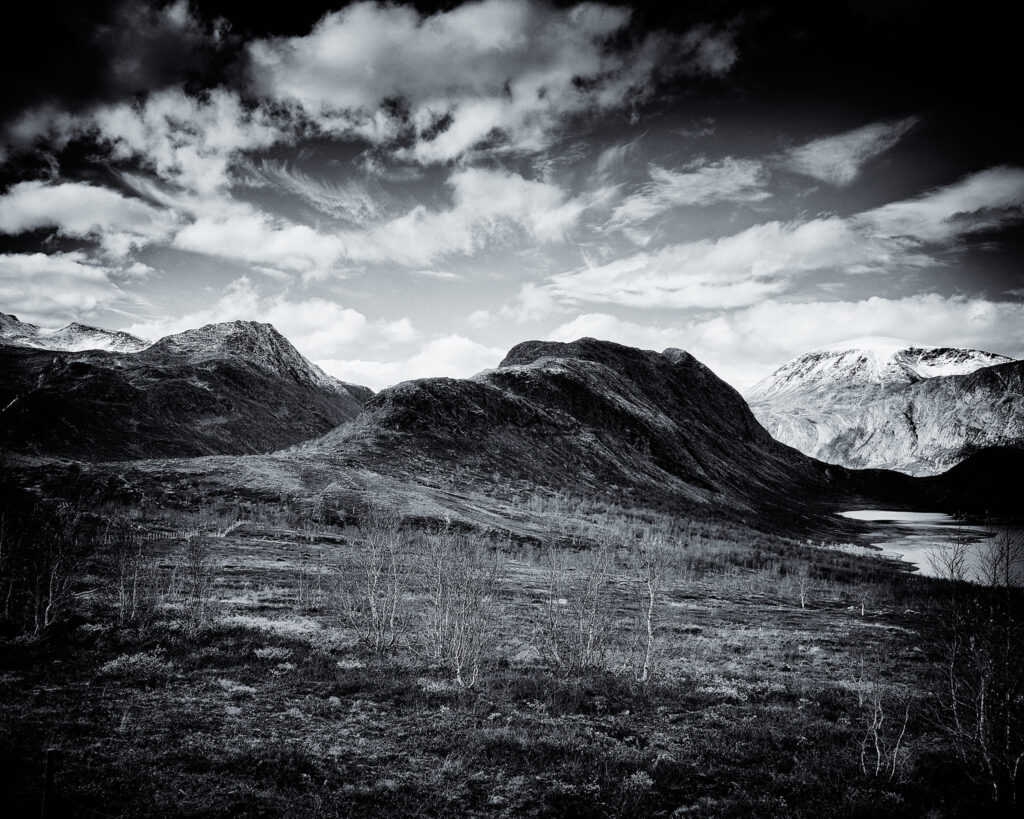
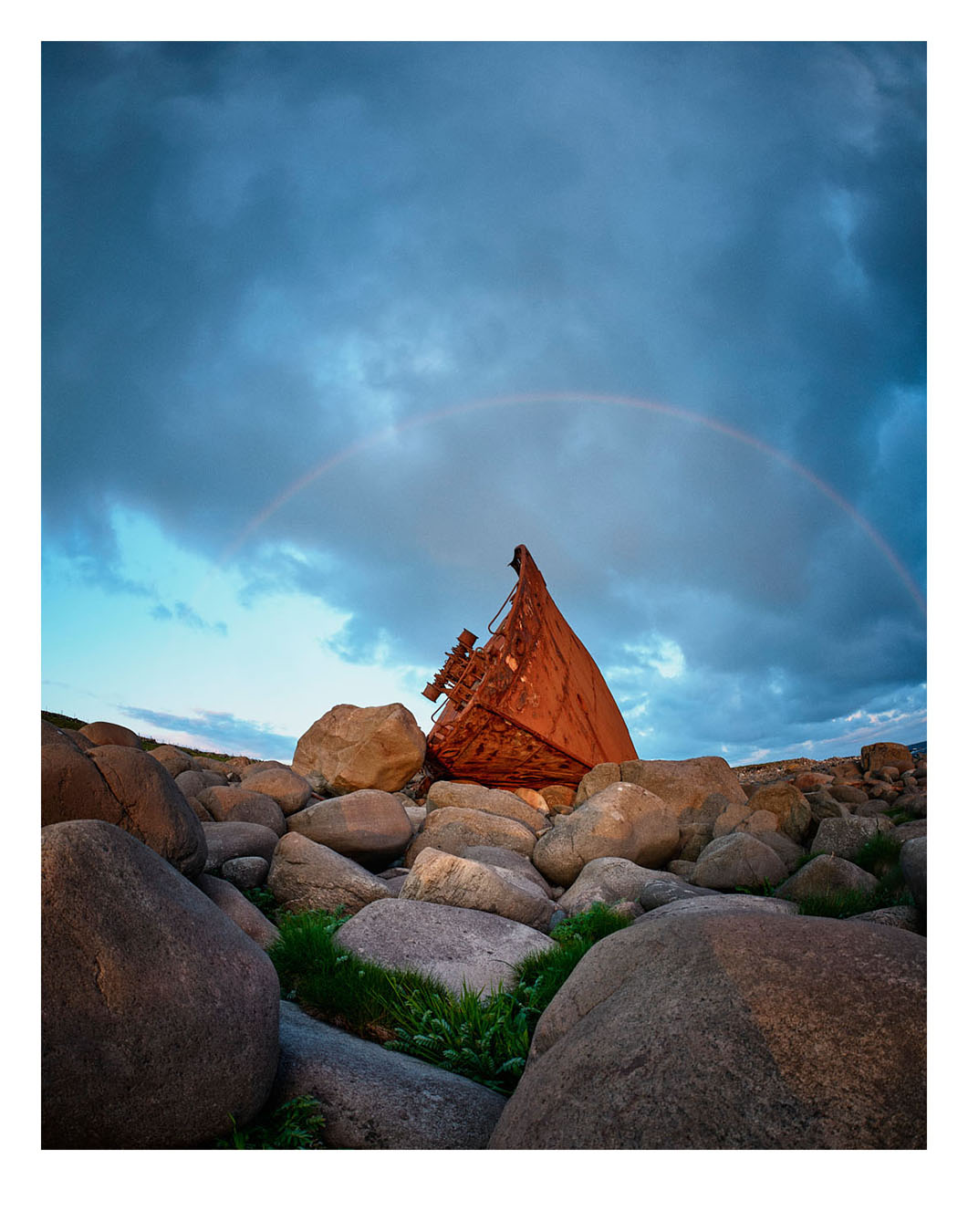
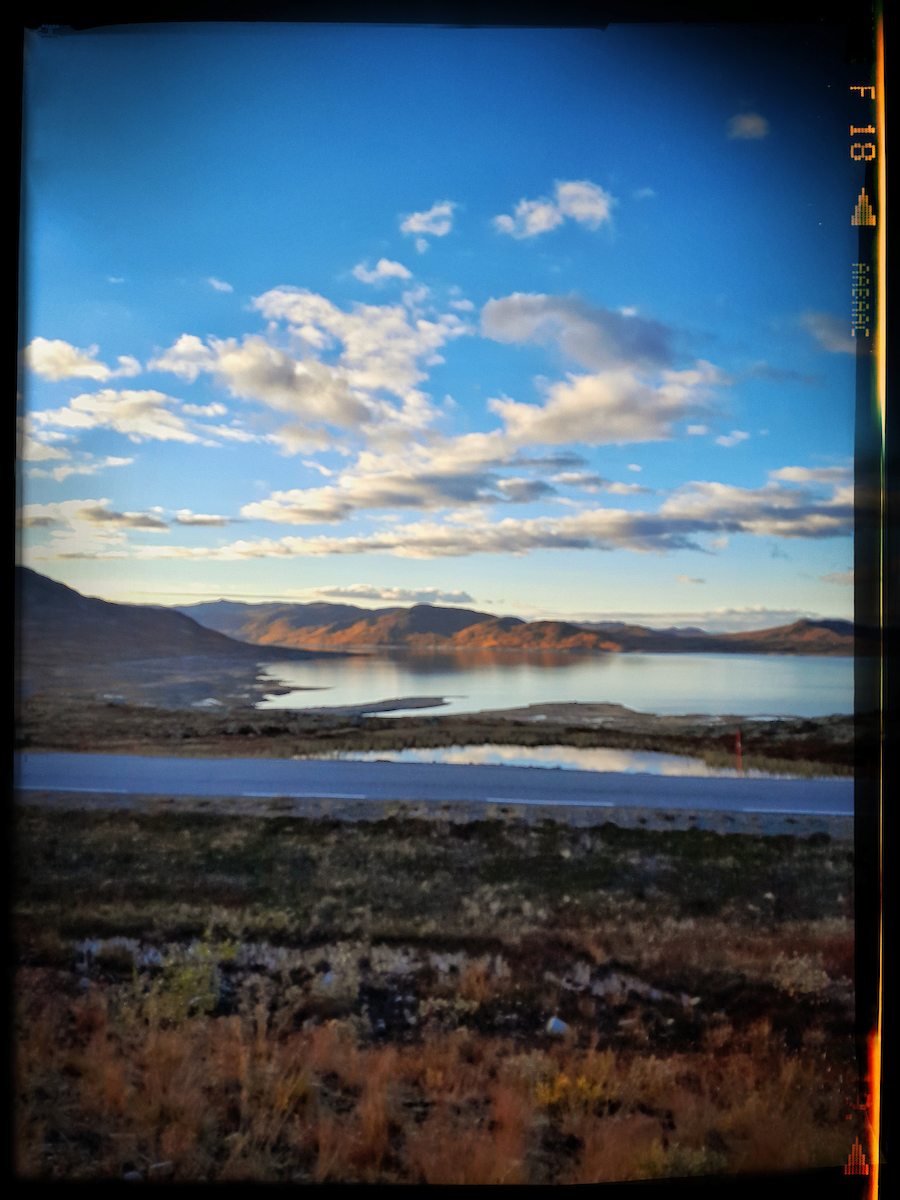
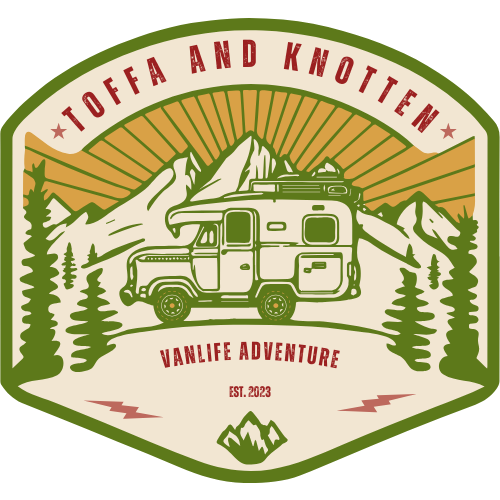
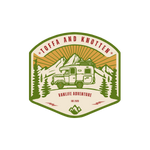

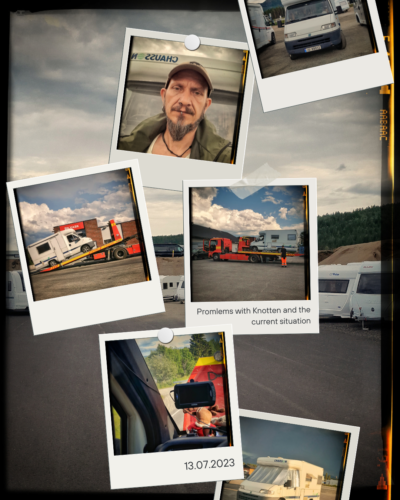
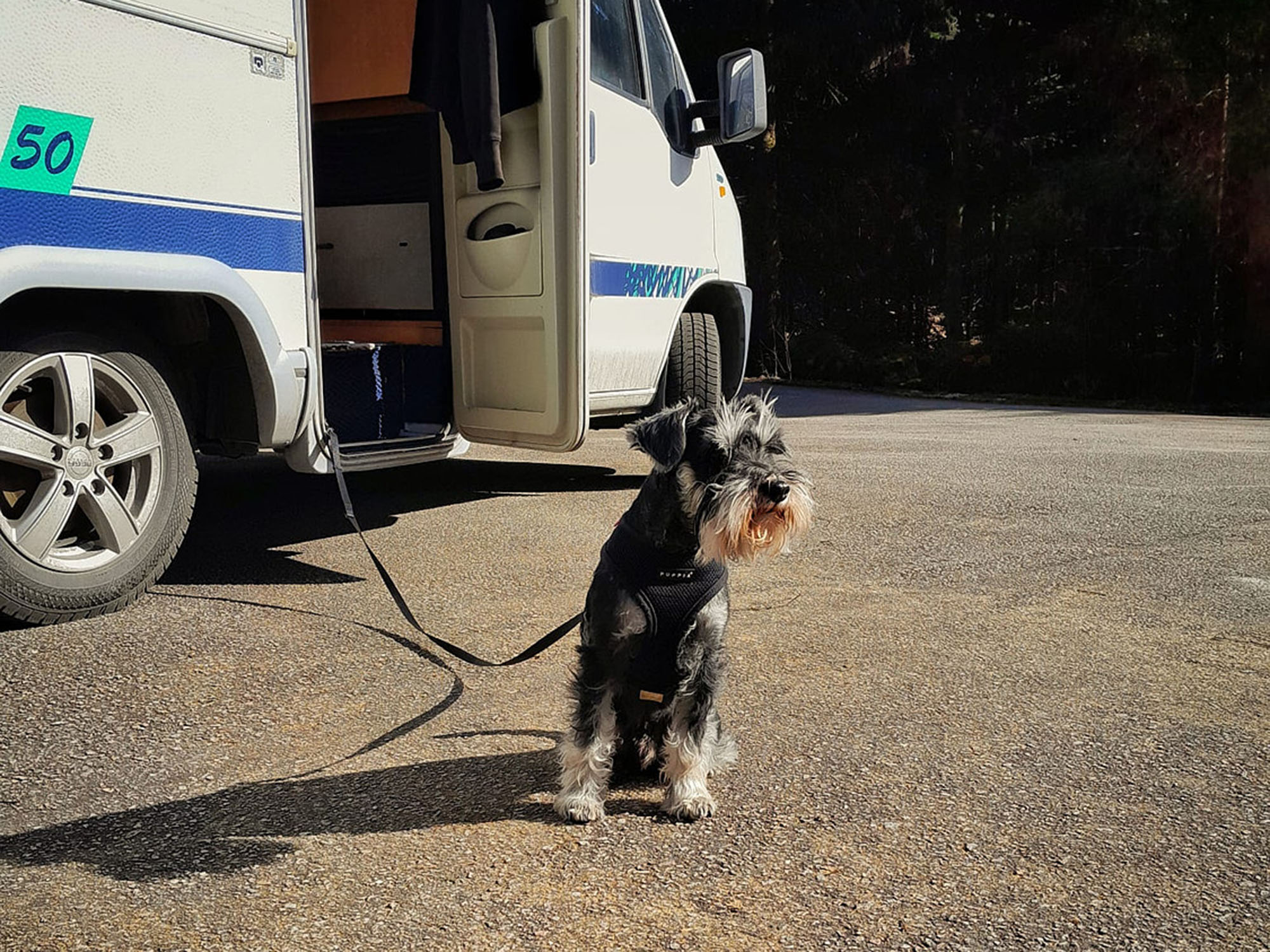
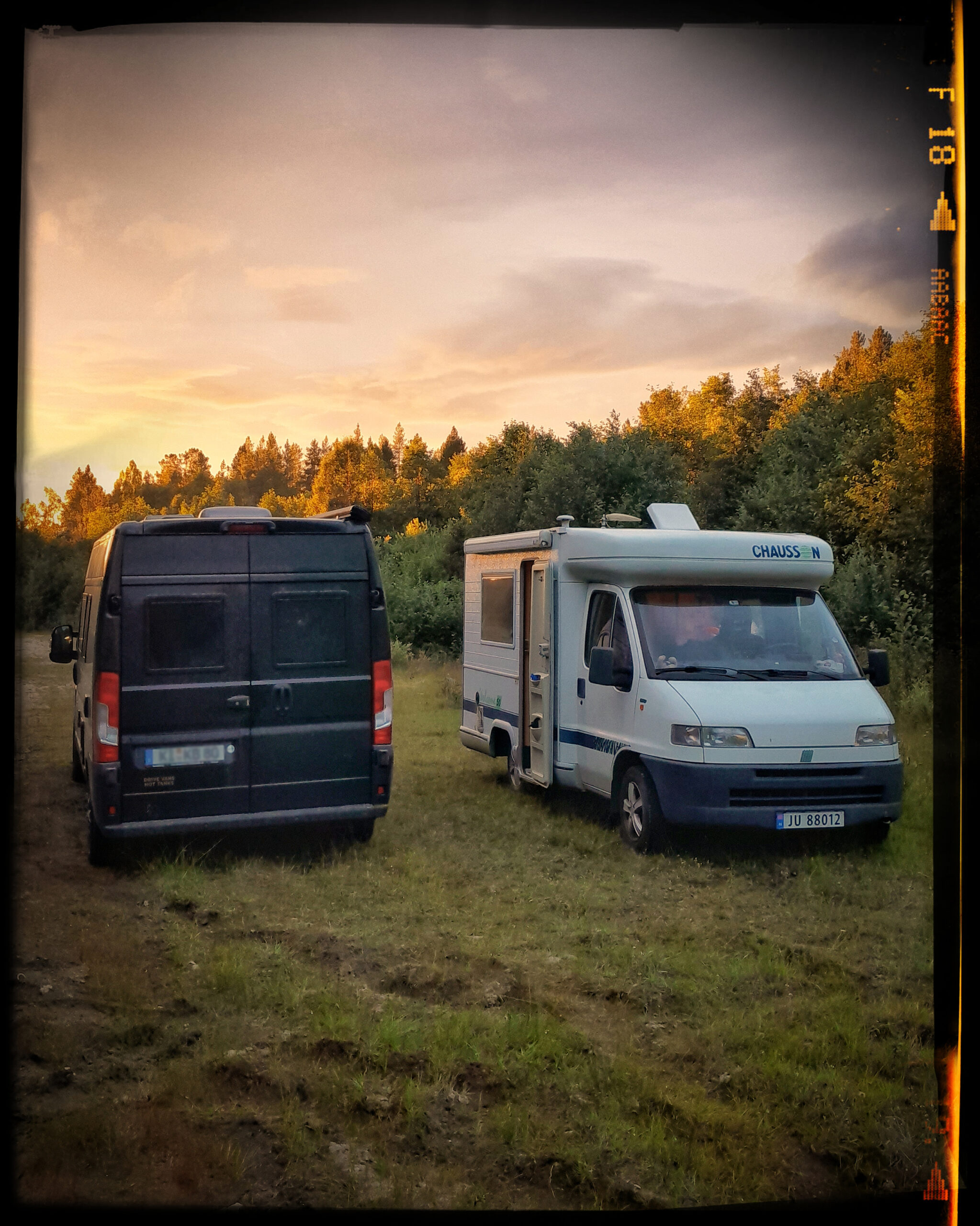
One Comment
Pingback: